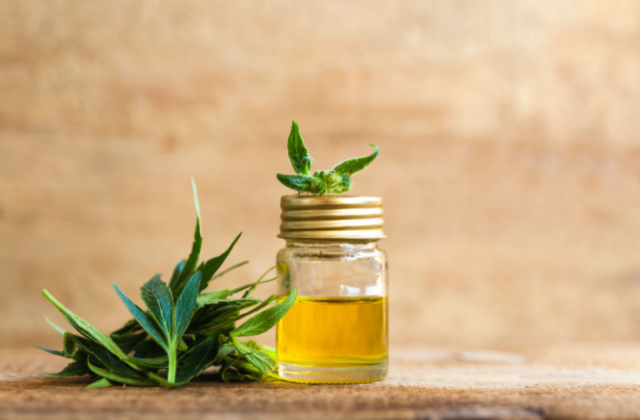Cannabidiol has become popular over the last few years. It seems that cannabidiol is everywhere, from corner stores to medical marijuana shops to coffee shops. Financial projections and survey data seem to back the popularity of cannabidiol.
CBD has been legal for a couple of years now, but around one-third of Americans have tried it. Varying estimates have discovered that the cannabidiol market is also exploding. As per an estimate, the size of the market would be more than twofold yearly over the coming two years.
It is easy to see why cannabidiol is popular, notwithstanding a part of the perplexity about the cannabis compound. Many do not understand what cannabidiol is, whereas some try it as they feel that it would contribute to some form of intoxication. The general confusion and ignorance over cannabidiol have contributed to a bit of widespread perplexity. Contrary to popular belief, cannabidiol never gives anyone a sense of high.
The misinformation about cannabidiol’s capability to intoxicate the user stems from its association with marijuana. Cannabidiol comes from a cannabis plant, which is thought to contain small amounts of tetrahydrocannabinol. THC is perhaps the most-popular cannabinoid in the world. It is that part of cannabis that can bind with cannabinoid receptors in the human body, contributing to the high sensations experienced after marijuana use.
The amount may vary, but a medium-strength variety of cannabis may usually contain approximately 11% tetrahydrocannabinol. Remember that marijuana is different from hemp, although both plants come from the same cannabaceae family. This helps in explaining the discrepancy that exists between cannabidiol’s content and marijuana.
Cannabidiol comes to the market in three different types. The word isolate refers to a pure form of cannabidiol, which contains only CBD as a phytocannabinoid. The term broad-spectrum refers to a CBD item that contains terpenes, trace levels of other phytocannabinoids, and flavonoids. However, broad-spectrum cannabidiol lacks THC content. On the other hand, full-spectrum cannabidiol is the same as broad-spectrum hemp extract apart from the fact that it contains small quantities of tetrahydrocannabinol.
Legally-made cannabidiol contains only up to 0.3% tetrahydrocannabinol. It is not enough to cause the user to experience intoxication or usually not detectable through standard drug testing. It means that it is not a good idea to consume whole-hemp CBD products for a recreational purpose.
However, you can use cannabidiol and have positive benefits that are like a physical high, albeit at a lower intensity level. The word high is usually used to describe a sense of euphoria as well as disconnection between one’s physical self and mental self. It results in slower reflexes, which come as a widespread sense of relaxation slowing your reflexes down and making it challenging for you to move. Cannabidiol may also contribute to massive levels of fatigue, which is enough to put you to sleep.
As said above, cannabidiol does not create any form of feelings that are similarly intense. However, cannabidiol can contribute to similar sensations at a lower level. CBD users have said that they have experienced effects such as stress relief and relaxation. One of cannabidiol’s potential advantages is its capability to bring down anxiety levels.
Moreover, while cannabidiol may not induce any sense of euphoria, there are pieces of evidence that it possibly helps people with an array of physical issues, including physical pains.
Cannabidiol may not induce any form of intoxication, body high or high, but this does not mean that CBD will have no physical effect on the user. As per research, the compound can interact with the human body as well as produce an array of emotional and physical sensations.
